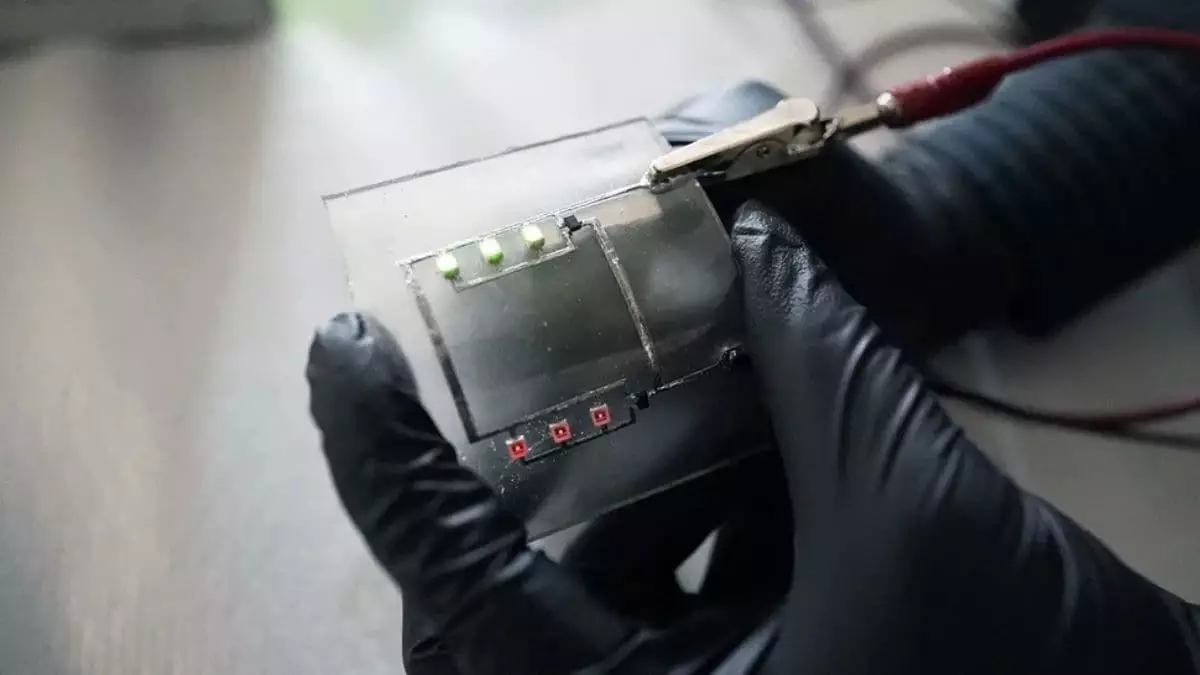The recent development of self-healing, recyclable circuit boards signals a potentially transformative moment in electronics manufacturing. Yet, as with many technological breakthroughs, skepticism must temper initial enthusiasm. This innovation promises resilience, durability, and environmental benefits, but it also raises questions about practicality, scalability, and unintended consequences. While proponents applaud its ingenuity, critics may argue that such advancements could mask systemic flaws within the electronics industry, offering a superficial fix rather than addressing foundational sustainability issues.
Innovative Materials: A Double-Edged Sword?
At the heart of this innovation lies a clever use of vitrimer—a polymer that blends the strength of thermosets with the reparability typically associated with thermoplastics—and liquid metal droplets that provide flexibility and conductivity. This combination offers the tantalizing prospect of boards that can be reshaped or repaired with heat, potentially reducing electronic waste drastically. However, it’s crucial to scrutinize whether these materials are truly ready for mass production. The complexity of manufacturing such composites and ensuring consistent quality could introduce new barriers, potentially limiting the technology’s widespread adoption. Additionally, the long-term stability of these materials under real-world use conditions remains uncertain.
The Environmental and Economic Implications
The environmental advantages are clear: a move toward recyclable electronics could diminish the staggering growth of e-waste, which now exceeds 62 billion kilograms annually. Yet, environmental promise alone doesn’t guarantee an industry-wide shift. The economic landscape is equally complex; integrating new materials and processes into existing manufacturing chains will require significant investment. Companies might face resistance due to current reliance on traditional, cheaper-to-produce circuit boards. Moreover, some critical elements, such as embedded metals, still pose recycling challenges, hinting that the solution, while promising, may be partial rather than comprehensive.
Balancing Innovation with Real-World Realities
While this breakthrough aligns with a center-leaning liberal push towards sustainable innovation, it’s vital to approach it without unwarranted optimism. The technology’s success hinges not just on laboratory results, but on real-world testing across diverse conditions and scales. Moreover, implementing such advanced materials could deepen dependency on specialized supply chains, introducing new vulnerabilities. It remains to be seen whether this leap forward addresses existing structural flaws in the electronic industry or simply rebrands problems with a fashionable new solution.
In the ongoing push for greener tech, this self-healing circuitry stands out as both an exciting possibility and a cautionary tale. It exemplifies how innovation must be paired with critical evaluation—a principle often overlooked amid exitement over novel breakthroughs. Without a comprehensive strategy that tackles the root causes of e-waste and industry inefficiencies, even the most elegant technological solutions risk becoming a fleeting trend rather than a sustainable revolution.



Leave a Reply